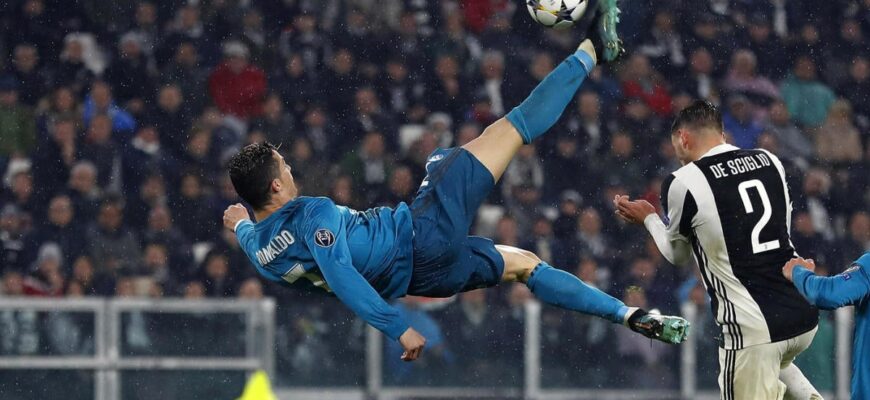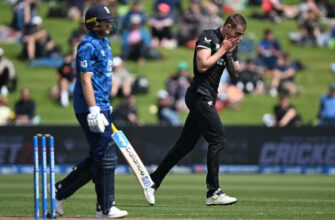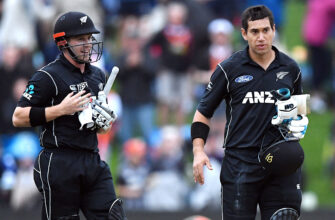The cricketing rivalry between India and Pakistan is legendary, a sporting contest often steeped in political and historical undercurrents. Recently, these tensions found a new digital battleground, courtesy of Mohsin Naqvi, the current Pakistan Cricket Board (PCB) Chairman and Interior Minister. In a move that has sent ripples through the international cricket community, Naqvi posted a slow-motion video of football superstar Cristiano Ronaldo on `X` (formerly Twitter). The video captured Ronaldo making a gesture that, intentionally or not, bore a striking resemblance to a controversial on-field action by Pakistani pacer Haris Rauf just days earlier during a clash against India.
The Gesture That Started It All
The context for this digital skirmish traces back to a pivotal moment in a recent India-Pakistan match. Haris Rauf, facing chants of `Kohli, Kohli` – a reference to Indian legend Virat Kohli`s match-winning sixes off Rauf in a 2022 T20 World Cup game – responded with a gesture depicting a plane crashing. This action was widely interpreted as a mock reference to India`s military operations, injecting a layer of political symbolism into an already charged sporting encounter. While sportsmanship often calls for composure under pressure, Rauf`s response quickly became a talking point, fueling fan outrage and drawing criticism for its perceived provocative nature.
Enter Cristiano Ronaldo: An Unwitting Participant
Just when the dust from Rauf`s gesture seemed to be settling, PCB Chief Mohsin Naqvi`s social media activity amplified the controversy. His decision to share a video of Cristiano Ronaldo making a similar `crashing plane` gesture was seen by many as a clear endorsement, or at least a playful echo, of Rauf`s earlier act. While some argued that Ronaldo`s gesture in the original context might simply have been him explaining the trajectory of a free-kick, its deployment by a high-ranking cricket official, particularly one known for making provocative statements against India, added undeniable fuel to the fire. It`s a rather sophisticated approach to what one might call `digital diplomacy` in the fiercely contested world of India-Pakistan cricket – using a global sports icon to subtly, or perhaps not so subtly, poke at a rival.
Cricket Diplomacy on the Brink
The implications of Naqvi`s post extend beyond mere social media chatter. The incident has reportedly caught the attention of both the Board of Control for Cricket in India (BCCI) and the International Cricket Council (ICC). In international sports, governing bodies are responsible for upholding the spirit of the game and ensuring that political tensions do not overshadow athletic competition. The question now looms: will any action be taken against Naqvi for what many perceive as a deliberate provocation?
Furthermore, the controversy raises uncomfortable questions about future interactions. With India reaching the Asia Cup finals, sharing the dais with the Asian Cricket Council (ACC) Chairman (a role also held by Naqvi) could become a diplomatically sensitive affair. The polite smiles and handshakes customary at such events might be overshadowed by the recent digital jousting.
A Call for Focus: Player Perspectives
Amidst the escalating rhetoric, some voices within the Pakistan team have attempted to de-escalate the situation. Shaheen Afridi, a prominent Pakistani pacer, was asked about the on-field gestures by Rauf and Sahibzada Farhan. His response, while acknowledging individual rights to expression, emphasized the team`s primary objective.
“Look, our job is to play cricket. Honestly, everyone has the right to express the way they want to,” Shaheen stated, attempting to downplay the uproar. “Everyone has their own thoughts. Everyone has their own respect. Everyone thinks the way they think. But our job is to play cricket. And we have come to win the tri-nation Series. We have come to win the Asia Cup. And we, God willing, as a team, are doing our best.”
Afridi`s pragmatic outlook highlights a recurring dilemma in sports where national pride and geopolitical currents often clash with the simple joy of the game. While players strive to focus on performance, the actions of officials and the fervor of fans can quickly steer the narrative into less sporting territories.
The Path Forward
As the cricket world watches, the ball is now in the court of the cricketing authorities. The incident serves as a stark reminder of the unique challenges faced by sports diplomacy, particularly in rivalries as intense as India-Pakistan. Whether through official sanctions, diplomatic channels, or simply a renewed commitment to sportsmanship, the resolution of this digital provocation will set a precedent for how far officials can push the boundaries of expression in the modern, hyper-connected sporting landscape. One can only hope that the focus will swiftly return to the elegant crack of the bat and the thunder of the stumps, rather than the political gestures echoing on social media.







